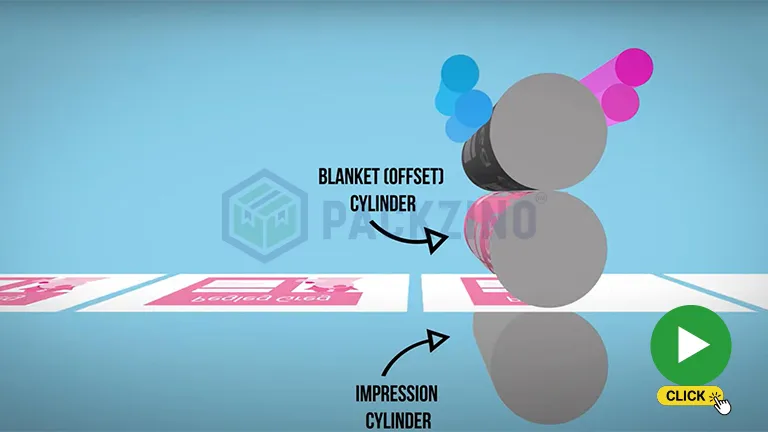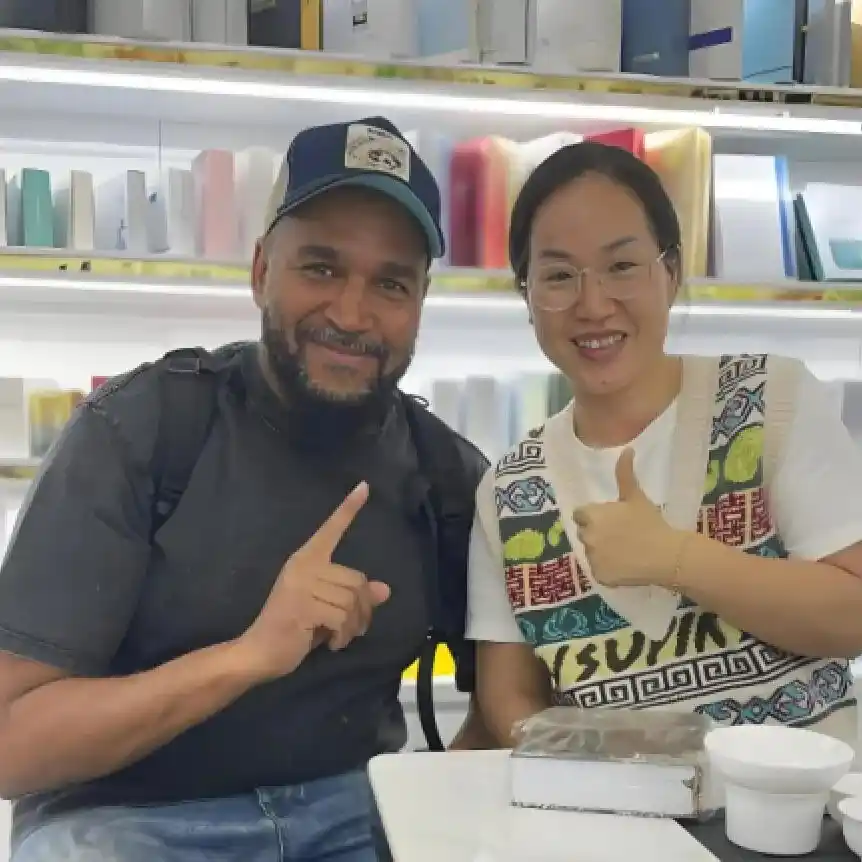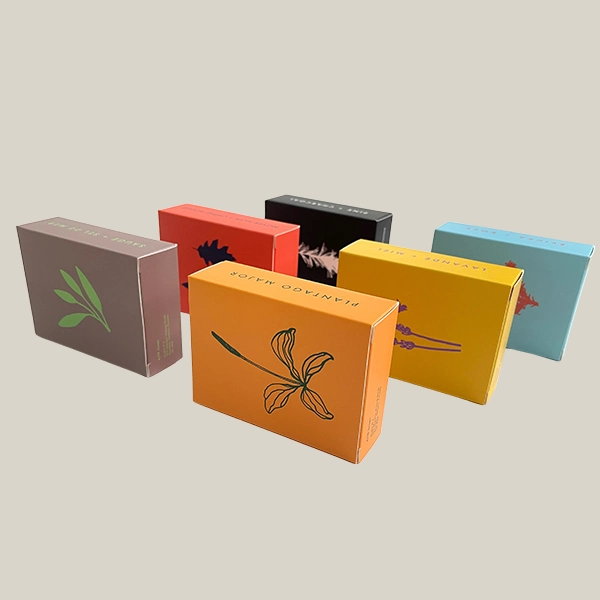Confused about which printing technique suits your packaging? Let’s compare flexographic and offset printing1 to help you make the best choice.
Flexographic printing is ideal for large volumes and diverse materials, while offset printing excels in high-quality, detailed designs.

Printing techniques comparison, Flexography vs Offset
Choosing the right method depends on your packaging goals, materials, and budget. Read on to explore the details.
What is Flexographic Printing?
Flexographic printing is a modern evolution of traditional letterpress printing. It’s known for efficiency and versatility.
Flexographic printing2 uses flexible plates to print on diverse surfaces, including plastic, paper, and metal. It offers high-speed production at lower costs.
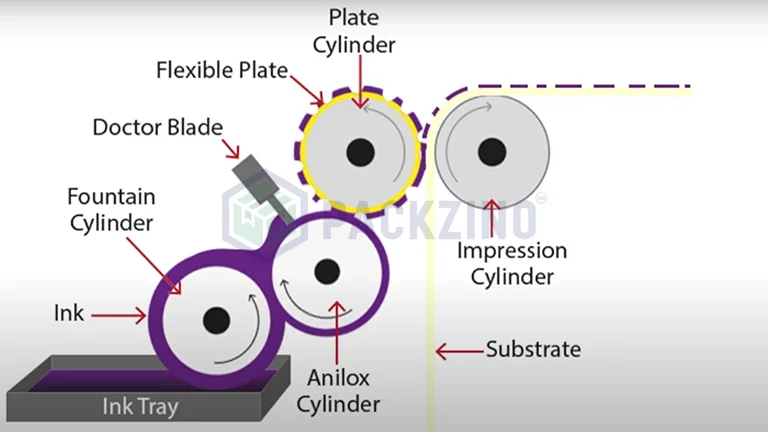
Flexo printing process
Flexographic printing stands out for its ability to handle large production runs efficiently. This method uses quick-drying inks and works well on uneven surfaces, making it perfect for labels, flexible packaging, and corrugated boxes.
Advantages of Flexographic Printing
- Cost-Effective for High Volumes: Flexographic printing is designed for long runs, reducing per-unit costs significantly.
- Wide Material Compatibility: It can print on materials like cardboard, film, and foil.
- High-Speed Production: Faster than offset printing for bulk jobs.
| Feature | Flexographic Printing |
|---|---|
| Setup Cost | Medium |
| Per Unit Cost | Low |
| Material Versatility | High |
| Detail & Quality | Moderate |
Limitations of Flexographic Printing
While efficient, flexographic printing may lack the fine detail and sharpness required for premium designs, such as intricate skincare product labels.
What is Offset Printing?
Offset printing is a traditional technique, renowned for producing high-resolution, high-quality prints with exceptional color accuracy.
Offset printing transfers ink from a plate to a rubber blanket, then onto the printing surface. It excels in detailed and vibrant designs.
click how offset printing works
Offset printing is often the go-to method for projects requiring exceptional quality, such as luxury product packaging or marketing materials.
Advantages of Offset Printing
- Unparalleled Print Quality: Best for detailed images and sharp text.
- Cost-Effective for Medium to Large Runs: While setup costs are higher, the cost per unit decreases as the volume increases.
- Wide Color Range: Supports Pantone and CMYK color matching.
| Feature | Offset Printing |
|---|---|
| Setup Cost | High |
| Per Unit Cost | Moderate |
| Material Versatility | Moderate |
| Detail & Quality | High |
Limitations of Offset Printing
Offset printing has a slower turnaround time due to longer setup processes and is not ideal for short runs or non-standard materials.
How to Choose Between Flexographic and Offset Printing?
Your choice depends on factors like budget, design complexity, and the materials being printed.
For large-scale runs of simple designs, flexographic printing is a cost-effective choice. For premium, detailed designs, offset printing delivers unmatched quality.
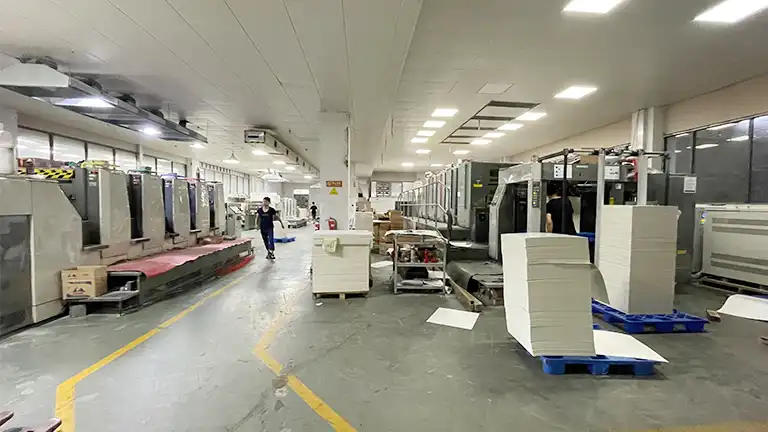
Komori printing facility
Key Considerations for Decision Making
- Budget: Flexographic printing reduces costs for large runs, while offset printing offers better value for premium designs.
- Design Complexity: Choose offset for detailed and vibrant designs; opt for flexographic for simpler prints.
- Material: Flexographic printing accommodates a broader range of materials.
| Criteria | Flexographic Printing | Offset Printing |
|---|---|---|
| Best for Large Runs | ✔️ | |
| Best for Small Runs | ✔️ | |
| High-Quality Graphics | ✔️ | |
| Diverse Materials | ✔️ |
So, what's material suitable for them?
- Flexographic Printing:
- Paper and Paperboard: kraft paper, and corrugated cardboard, commonly used for printing products like packaging boxes, paper bags, and paper cups. Usually print in roll
- Plastic Films: Such as polyethylene (PE), polypropylene (PP), and polyethylene terephthalate (PET), suitable for flexible packaging like food pouches and shopping bags(like the non-wonven or woven bag).
Metal Foils: Like aluminum foil, often used in food and pharmaceutical packaging for excellent barrier properties.
Cellophane: A transparent film material frequently used for packaging candies and other food items.
- Offset printing:
- Coated Paper: like SBS C1S, C2S, CCNB, the surface have a coating. This coating enhances color vibrancy and sharpness, making it ideal for high-quality image reproduction
- Uncoated Paper: Paper without a coating, Like kraft paper,offering a more natural and textured feel, suitable for projects requiring a more subdued appearance.
- Specialty Papers: Including textured papers, recycled papers, and others designed for specific applications to achieve unique visual effects
Conclusion
Both flexographic and offset printing have their strengths. For efficiency and versatility, flexographic printing is ideal. For superior detail and quality, offset printing is unbeatable.

